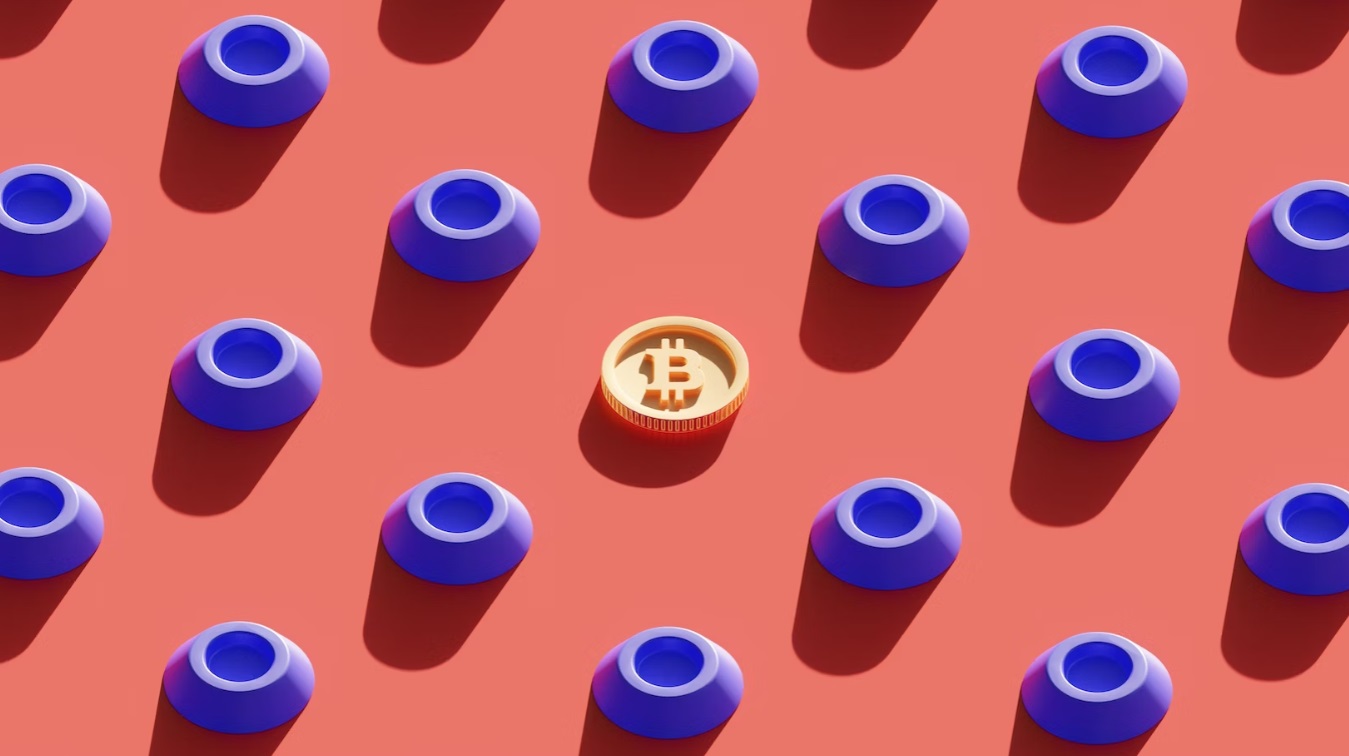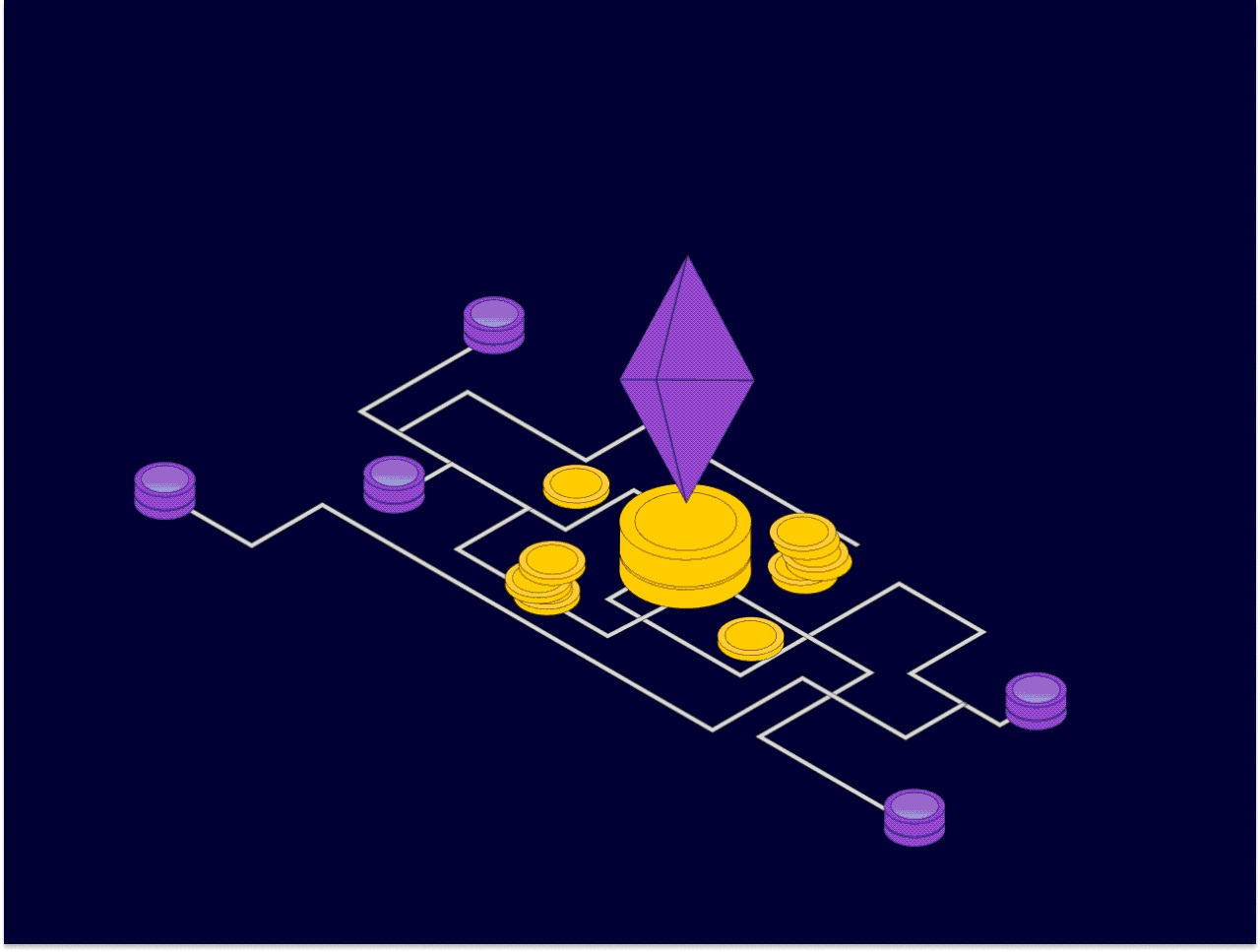BTC Ordinals have just exceeded 10M
However, it has also established itself as rather traditional in the market it created, being exclusively a trading asset, a currency, rather than expanding into other areas such as the most popular altcoin, Ethereum. Bitcoin hasn't experimented with tokens and applications as other blockchains have, contributing to its solely associated with the monetary field.
However, that is set to change following the emergence of the Bitcoin ordinals. Hailed as the next best thing for the industry, they are set to help the market evolve and grow. The Ordinals have renewed interest among investors in how to buy Bitcoin, leading to further engagement on the blockchain. But what exactly is the protocol, and how is it set to develop in the future?
 Picture 1 of BTC Ordinals have just exceeded 10M
Picture 1 of BTC Ordinals have just exceeded 10M
What are Ordinals?
The Ordinals protocol was launched in January 2023 and enables the inscribing of digital content, such as art, directly on the blockchain. This feature has earned them the designation of 'Bitcoin NFTs,' as the Ordinals are very similar to the non-fungible tokens that created a legitimate craze back in the late 2010s. The Ordinals began gaining popularity almost immediately after their launch, and by February 2023, they were already a popular asset. This was around six weeks following their original launch.
Since then, the number of inscriptions has continued to climb, generally choosing to double every week. Many have claimed that, had the infrastructure been better planned and executed, this number could have potentially been much higher. Ordinals are essentially units of transactions, as well as immutable collectibles. They are stored using the wallet, and a special one was launched on February 16th in order to address the limitations of the traditional storage options.
The unique wallet permits users to hold their assets and access and view them at all times. Investors also have the option to inscribe, send or buy new Ordinals directly within the wallet.
10M inscriptions
In less than six months, the number of Ordinals has surpassed 10 million inscriptions, proving the engagement of the blockchain's users. This has occurred in the context of the creator, Casey Rodarmor announcing he is stepping down from the project. The reason is that, according to Rodarmor himself, he hasn't been able to give Ordinals the attention they deserve. He has designated a new lead maintainer, a student known under the pseudonym Raphjaph, whose entire work will be fully funded by donations.
The ordinals protocol is the most popular way to mint new assets on the blockchain, leading to its current popularity. However, it hasn't been without its critics, many of whom came from within the Bitcoin space. The main reasons centered on the alleged inefficiency of the network, as well as its wasteful characteristics. Many investors believed the transaction fees and occupied blockchain space were unjustifiable.
However, an even bigger number showed they were interested in the Ordinals and began exploring the use of Bitcoin NFTs on the blockchain. The increased engagement rates have been fantastic for miners, who recorded over $44 million in Ordinal-related payments.
Ordinals VS NFTs
Since they are commonly referred to as Bitcoin NFTs, it would be easy to assume the Ordinals are nothing more than a copycat of the earlier non-fungible tokens. However, this view is reductive and simplistic, as it fails to take into account the many differences between the two. Firstly, the ordinals are always stored in the Bitcoin blockchain, making them safer than ordinary tokens.
Bitcoin itself, albeit still subject to price fluctuations, is decidedly more secure than the altcoins. While some can complain that a transaction lasts a bit longer on the BTC blockchain, this is a critical security requirement. The Ordinals are not just fully decentralized but also safer. The NFTs are typically located on applications and stored via smart contracts that are self-executing.
Bitcoin Ordinals enjoy much better liquidity as well, a fact that's particularly important given the current market in which this factor is quite difficult to come by. Lower liquidity creates a relatively unsafe marketplace, as price fluctuations can vary wildly, causing capital loss. Despite the challenging times, Bitcoin still enjoys the most liquidity out of all the coins on the market, and the Ordinals enjoy the same privilege thanks to their presence on the native blockchain, making them more robust.
Another similarity they share with BTC is the fact that they are scarcer than NFTs. This fundamental aspect makes them more valuable. This allows for better control of the supply cap, avoiding market over-flooding that can help protect the value of virtual tokens. For this reason, the Ordinals are also largely expected to maintain their worth much better than NFTs.
Mining Ordinals
Mining is the process through which computational power is used to create new cryptocurrencies. The process is notorious for using large amounts of energy, leading to clashes between environmental activists concerned about the carbon footprint and miners who claim the better part of the energy used during the mining process comes from sustainable sources.
The process of mining Ordinals is similar to the one of mining cryptocurrencies. Initially, they could only be created by those who ran a Bitcoin node, making it rather inaccessible to those that are not so tech-savvy. Operators would simply load wallets with sats that could pay off the gas fees and proceed to inscribe the Ordinals.
The mining tools in this blockchain sector are still in their incipient stage, meaning that investors and validators can certainly accept changes in the future. As the demand increases, users can expect that the tools will also become more user-friendly. A mature system typically provides much better functionality than one that's still taking its first steps.
While ordinals are relatively new on the market, they have already left their mark on the Bitcoin blockchain, as well as the larger crypto environment. It remains to be seen how they'll grow and evolve in the future as well.
You should read it
- How to dig bitcoin without wasting electricity
- What is Bitcoin faucet? What is Bitcoin faucet?
- What do you need to know when buying Bitcoin or selling Bitcoin?
- Guide to digging Bitcoin for beginners
- Today's Bitcoin price, Bitcoin price update every minute
- The world only has 20% Bitcoin to 'dig'
- 10 facts about Bitcoin
- Crossing virtual walls, Bitcoin exploded in real life
- How to interpret bitcoin that your grandparents can understand
- What is Satoshi? 1 Satoshi is how many Bitcoin?
- Instructions to buy and sell Bitcoin on Remitano floor
- Bitcoin finds its heyday
May be interested

Leveraging BNB for Optimal Yields on Binance Savings

Financial Landscape of Emerging Economies Reshaped: WBTC

Forex Spread Explained: How to Calculate and Minimize It

Are Bitcoin Plinko Sites Secured?

Making Informed Decisions Key Tips Before You Borrow for Your HDB Flat

How to Earn Free Ethereum: A Beginner's Guide






 How to download files on Google Drive when the download limit is exceeded
How to download files on Google Drive when the download limit is exceeded How much money did global gamers give to Genshin Impact?
How much money did global gamers give to Genshin Impact? 77-year-old fined for playing Pokemon Go amid Spain's coronavirus lockdown
77-year-old fined for playing Pokemon Go amid Spain's coronavirus lockdown 6 little-known things about FaceBook
6 little-known things about FaceBook From Bitcoin to Dogecoin, both rebounded strongly, the cryptocurrency market exceeded 2 trillion USD in market capitalization
From Bitcoin to Dogecoin, both rebounded strongly, the cryptocurrency market exceeded 2 trillion USD in market capitalization Good apps on Windows 8
Good apps on Windows 8